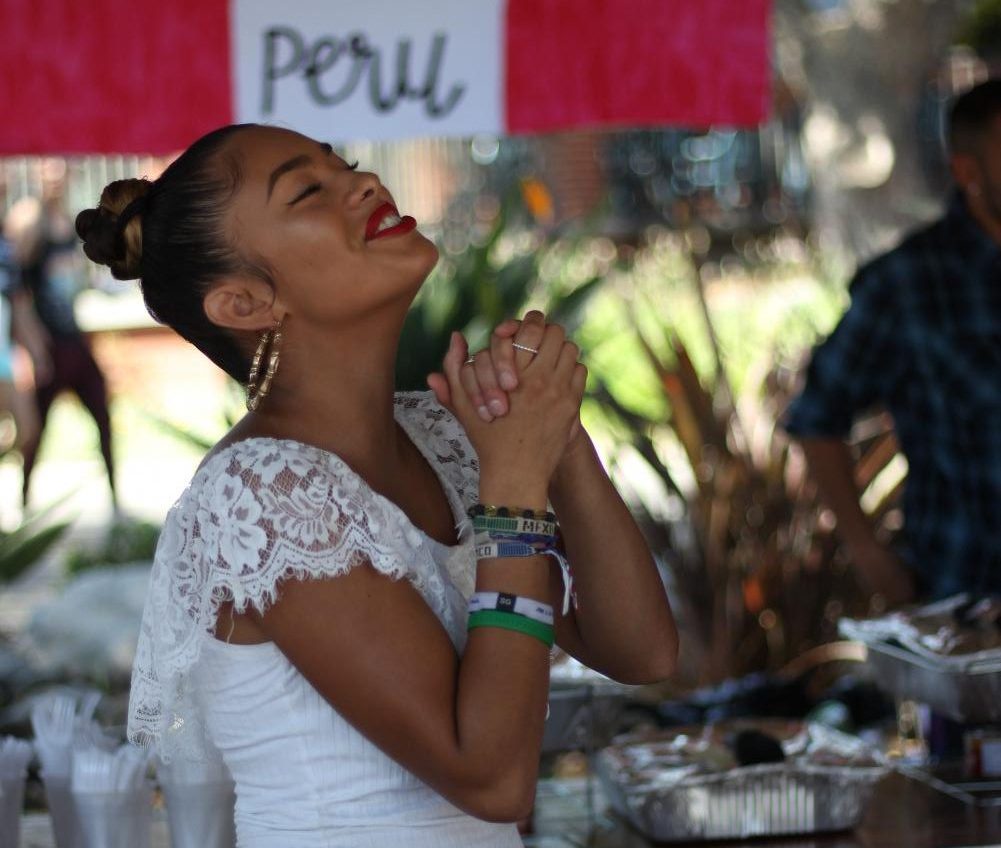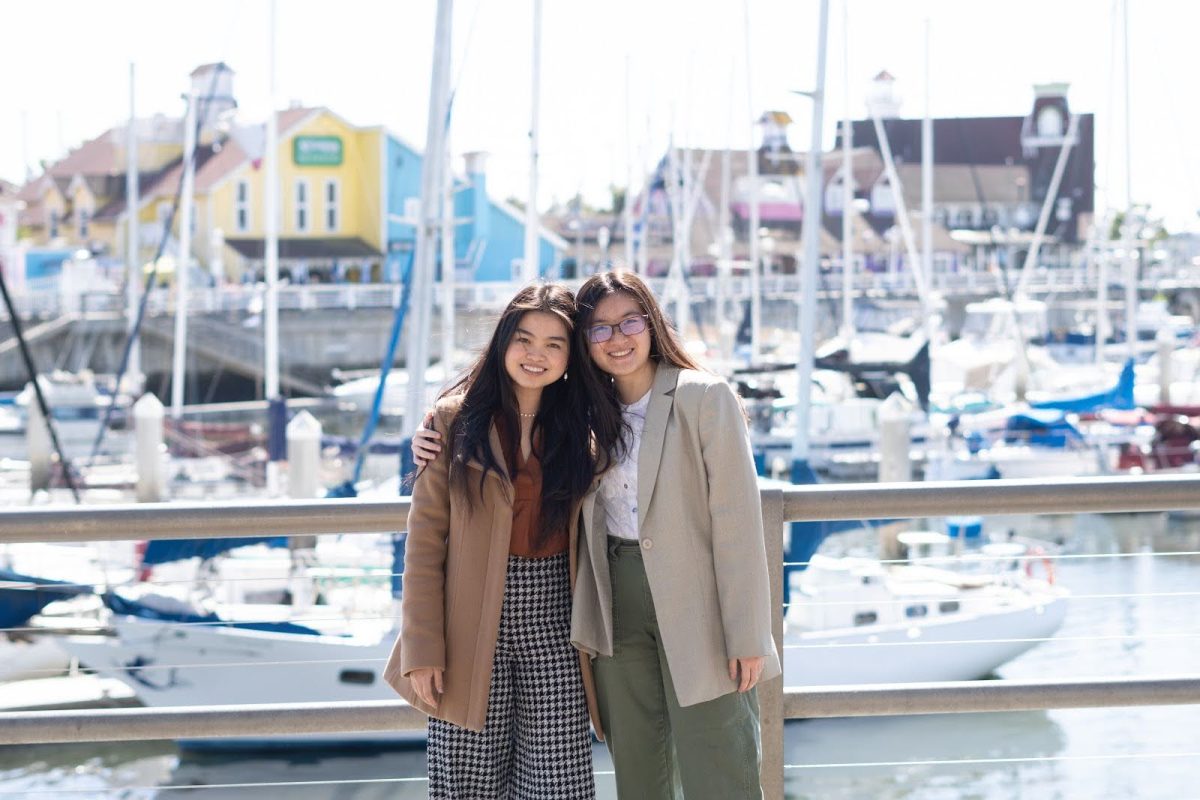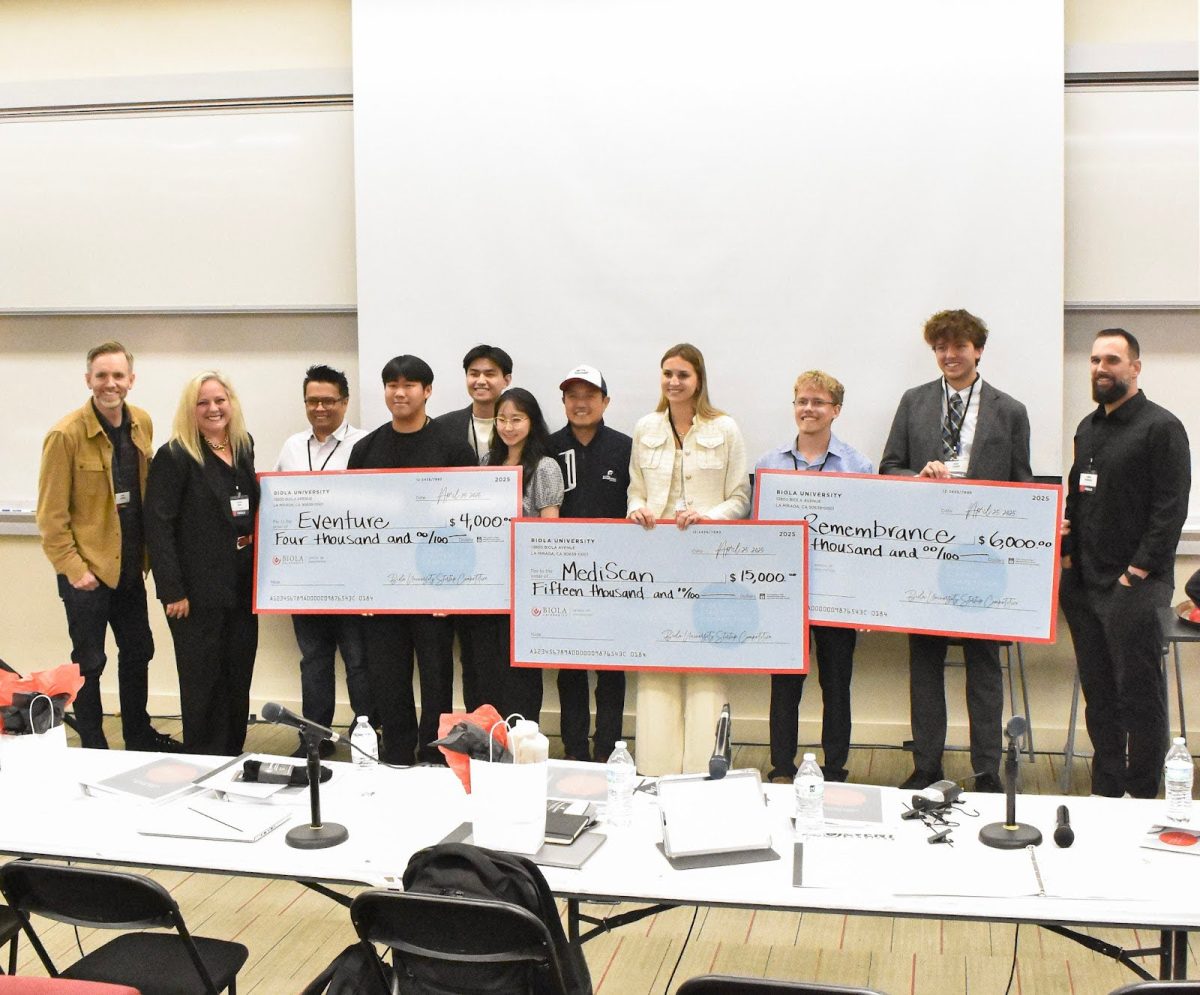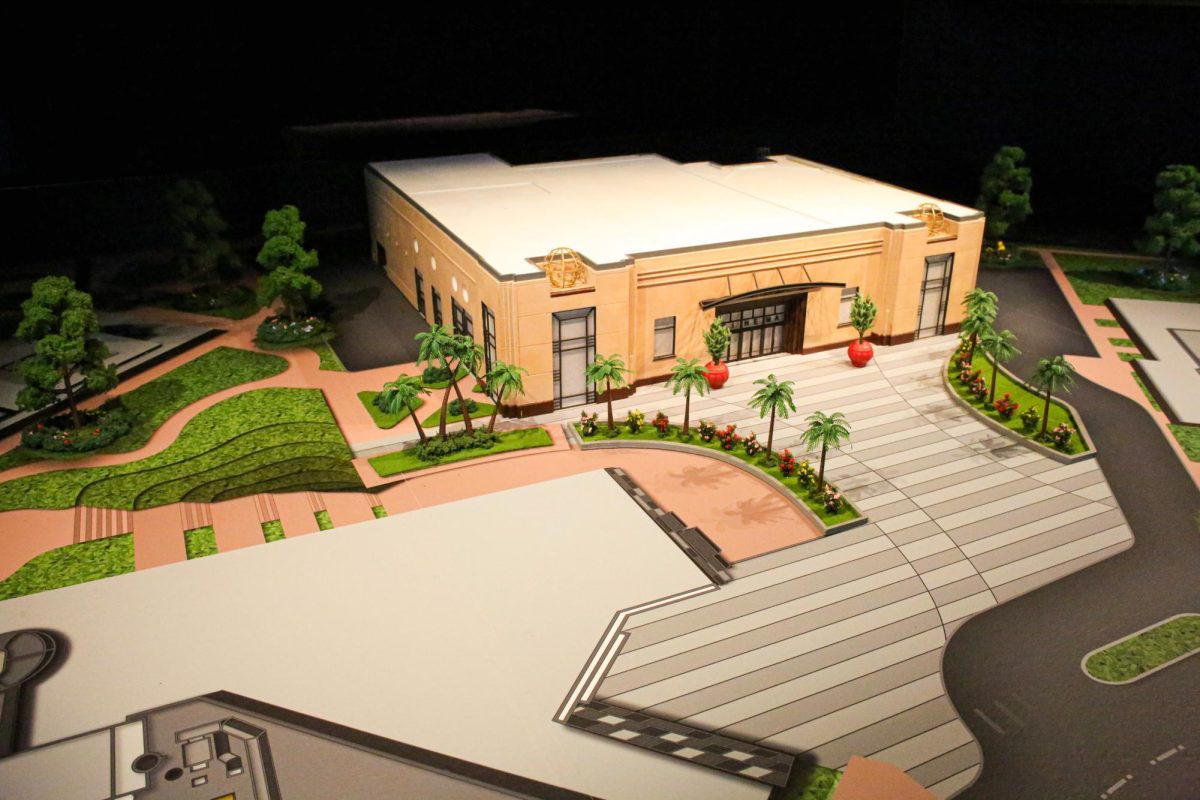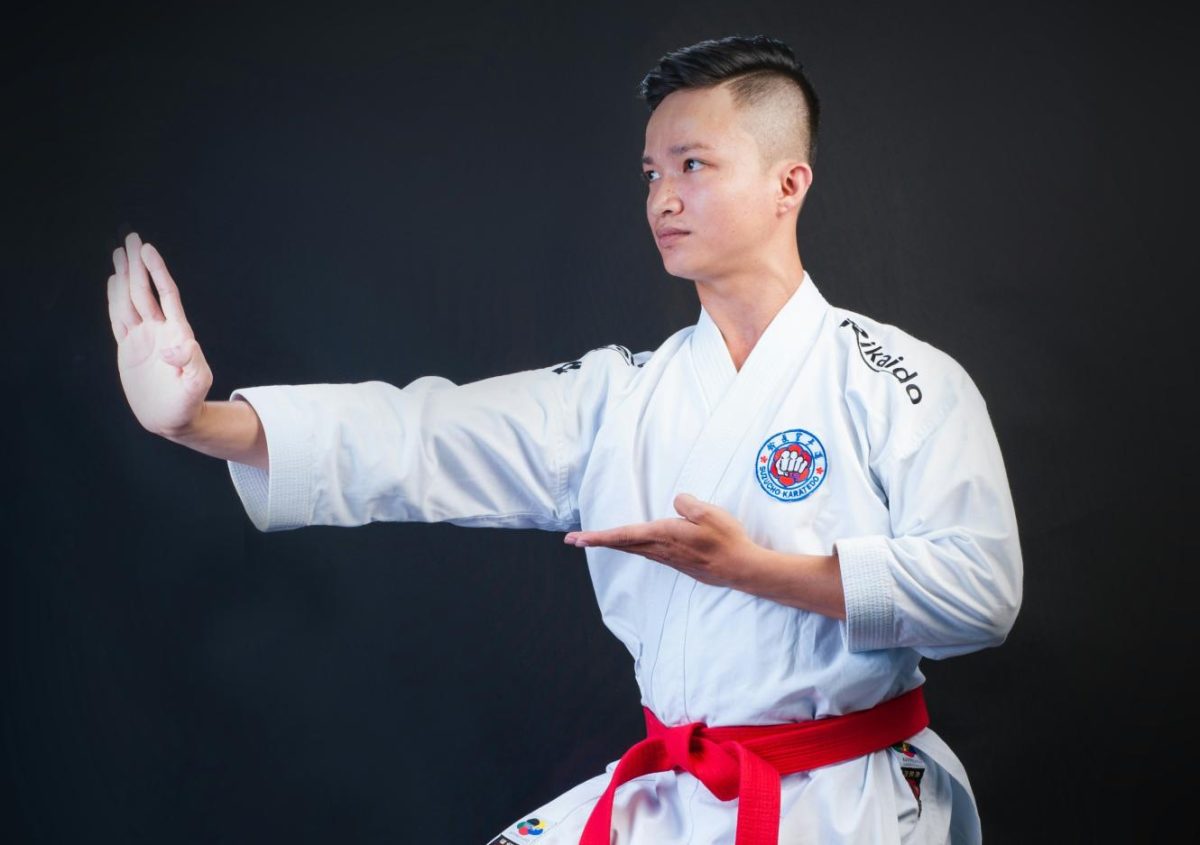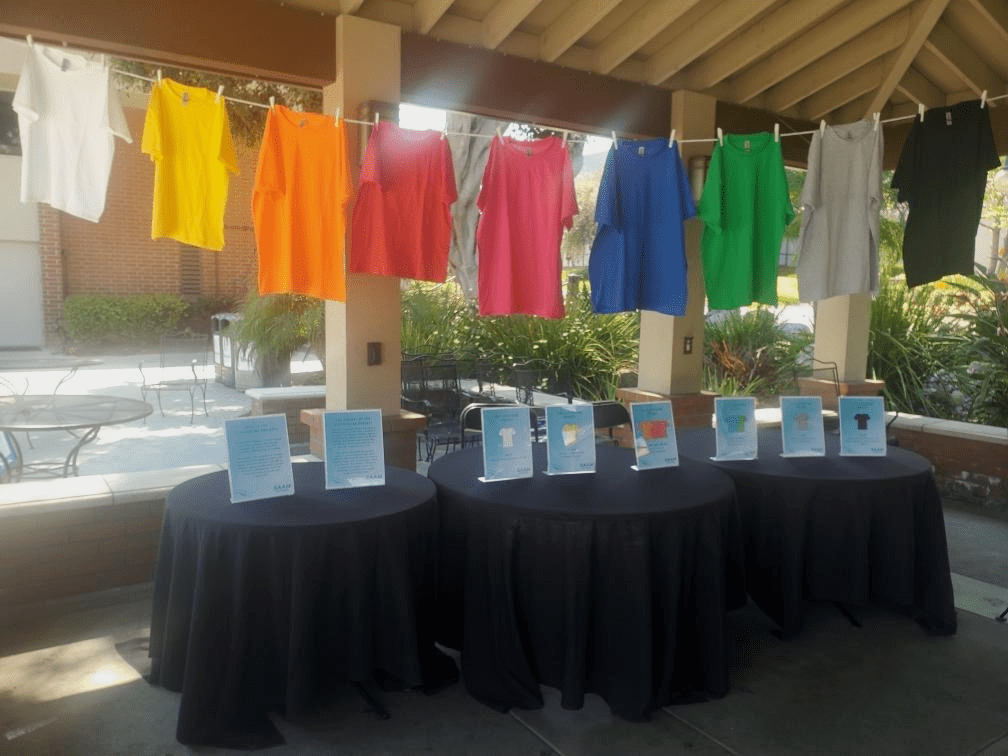This story was originally published in print on Oct. 4, 2018.
The Unidos club hosted its annual “Fiesta Latina” on Sept. 28 in celebration of Hispanic Heritage Month, contributing to the Hispanic Serving Institution discussion at Biola.
Students, along with staff, ate different Latin American dishes at the fireplace pavilion as a mariachi band played.
UNDERSTANDING HISPANIC HISTORY
Associate professor of modern languages and Unidos advisor Artemiza Hernandez emphasized how important it is to understand California’s history and how it relates Hispanic Heritage Month.
“This is one of the states that belonged to Mexico before it belonged to the United States,” Hernandez said. “Therefore Hispanic heritage already existed generations beforehand.”
The Spanish came to California in the 1400s and gave several cities Spanish names that they still possess today. Hispanic presence existed in California before it became a part of the United States and has remained active.
“It’s important to understand that the Hispanic descendants in Southern California did not cross the border, but rather the border crossed them,” Hernandez said.
Biola provides programs such as Spanish major and minor opportunities as well as Spanish chapels to expand its scope in reaching the Hispanic community in and around campus.
“Biola provides Spanish chapels that invite leaders and pastors from the Hispanic community, and the Hispanic population at Biola who are able to enjoy, participate and sing in a language that they closely identify,” Hernandez said.
INVOLVING AND EDUCATING STUDENTS
Junior intercultural studies major Emily Larsen grew up in Chile and Guatemala during her elementary and middle school years and strongly identifies with Latin American culture. She thanked the mariachi band for coming to Fiesta Latina.
“I was asking where they are from,” Larsen said. “They’re all Mexican. I love this event because it’s so beautiful to see not only Hispanic, but people from all different backgrounds come together.”
Biola has yet to reach a minimum of 25 percent Hispanic undergraduate full-time student equivalent enrollment to qualify as an HSI. Earning HSI recognition will not only make Biola eligible to receive federal grants for new programs, but will also aid in Biola’s commitment in representing God’s kingdom in all aspects, said assistant director of multi-ethnic outreach Belinda Aleman.
The institute persists in constructing a cross-cultural environment through different resources and programs that benefit Hispanic students.
Larsen also works as the gospel choir coordinator for Student Enrichment and Intercultural Development. She affirmed Biola’s steps in becoming an HSI.
“I have seen Biola has taken a lot of steps, like welcoming its first generation students, our affinity groups, and not only creating an opportunity for everyone to come together but also for people of Hispanic heritage, black heritage, all of these ethnic groups to come together to have a safe place to talk and relate to one another,” Larsen said.
Unidos president and sophomore business administration major Jayleann Guadalupe stressed the importance of Biola students educating themselves on Latin American culture and hoped Fiesta Latina would promote general culture awareness.
“Some of the tables, in the center pieces have facts of different Latin American countries,” Guadalupe said. “We want to make sure it is an event where people are learning and not only experiencing fun and live entertainment, but also learning about a culture. That is why we brought food that wasn’t Mexican food, because we want to make sure that people were exposed to different types of cultures.”



